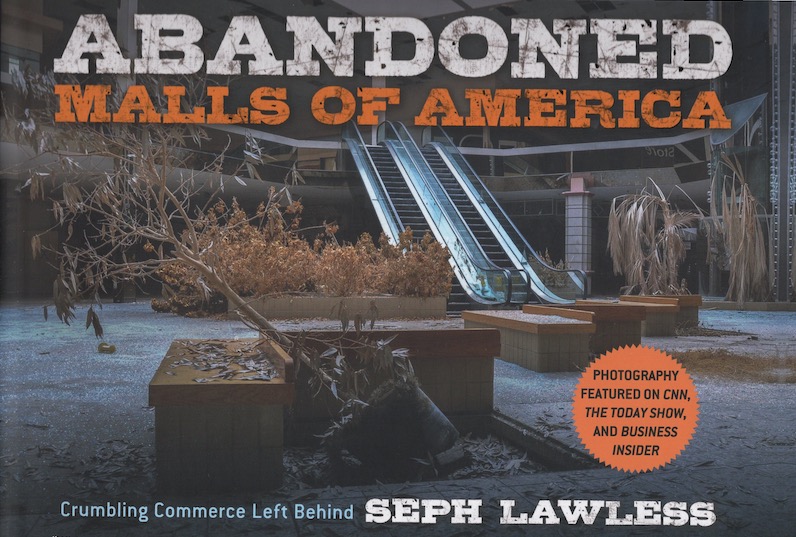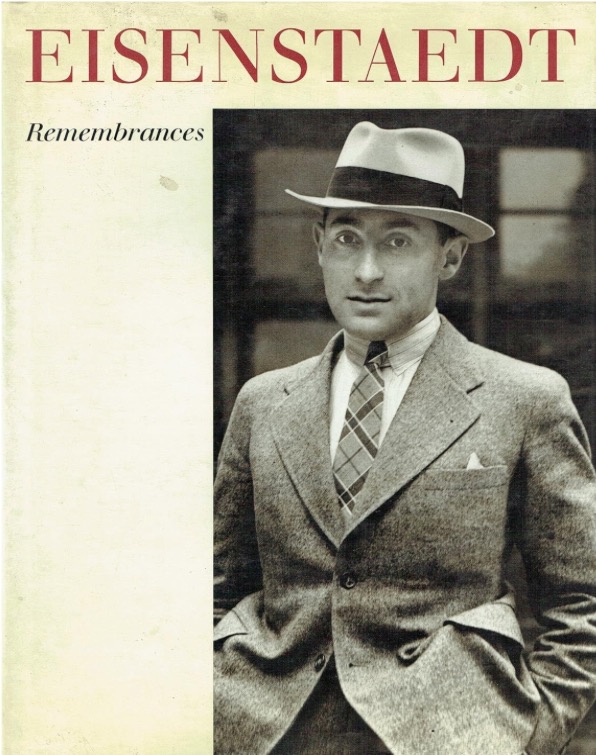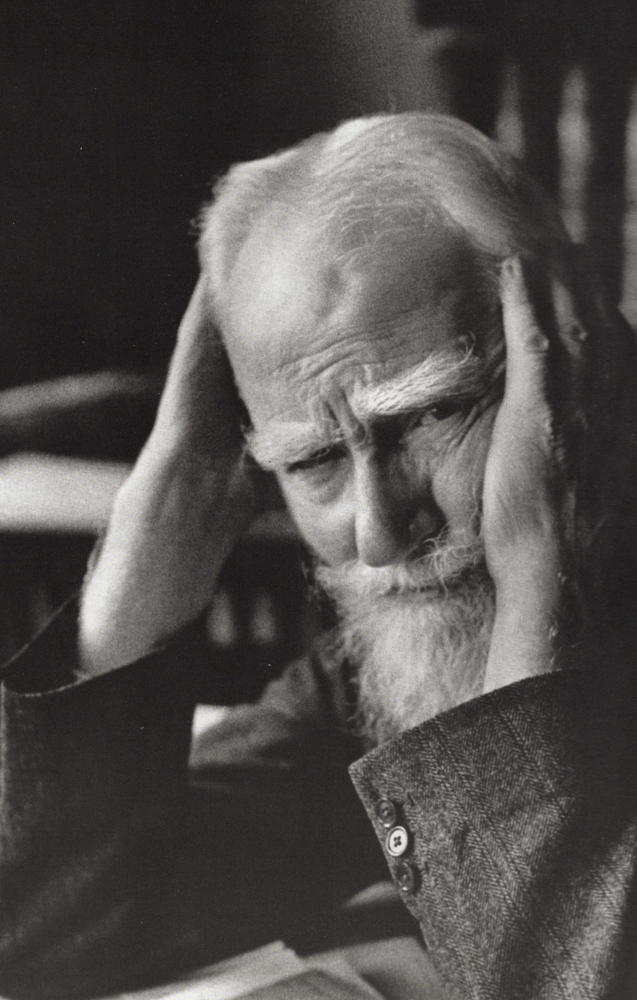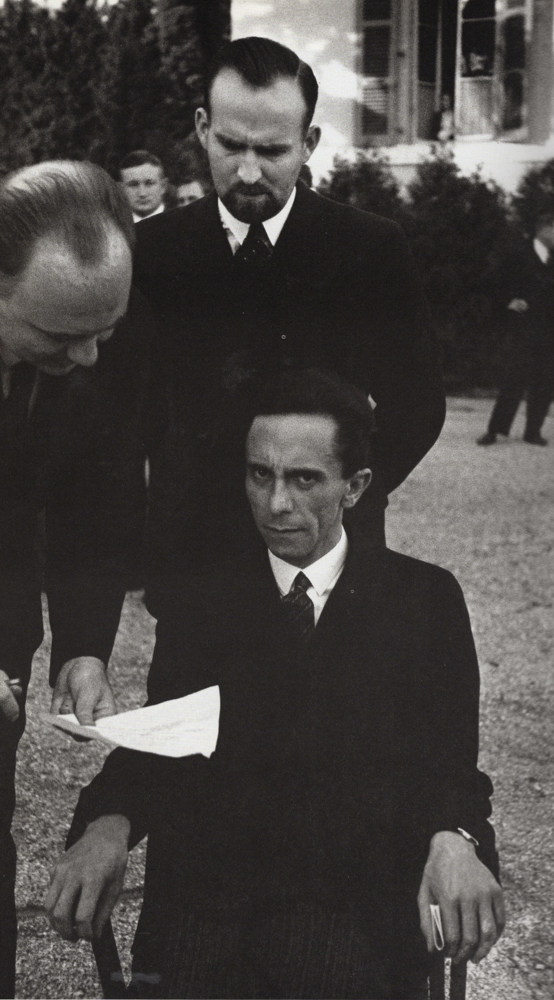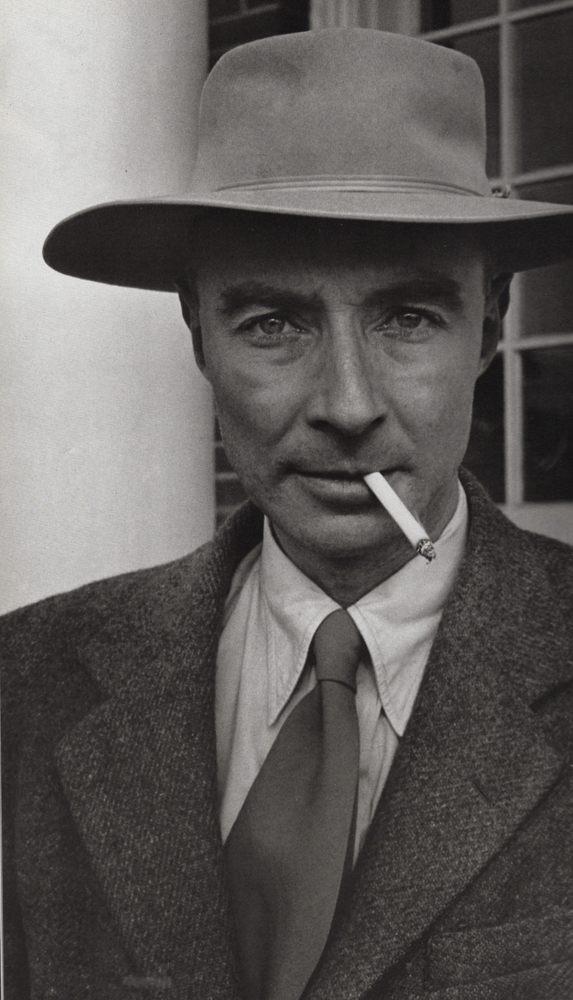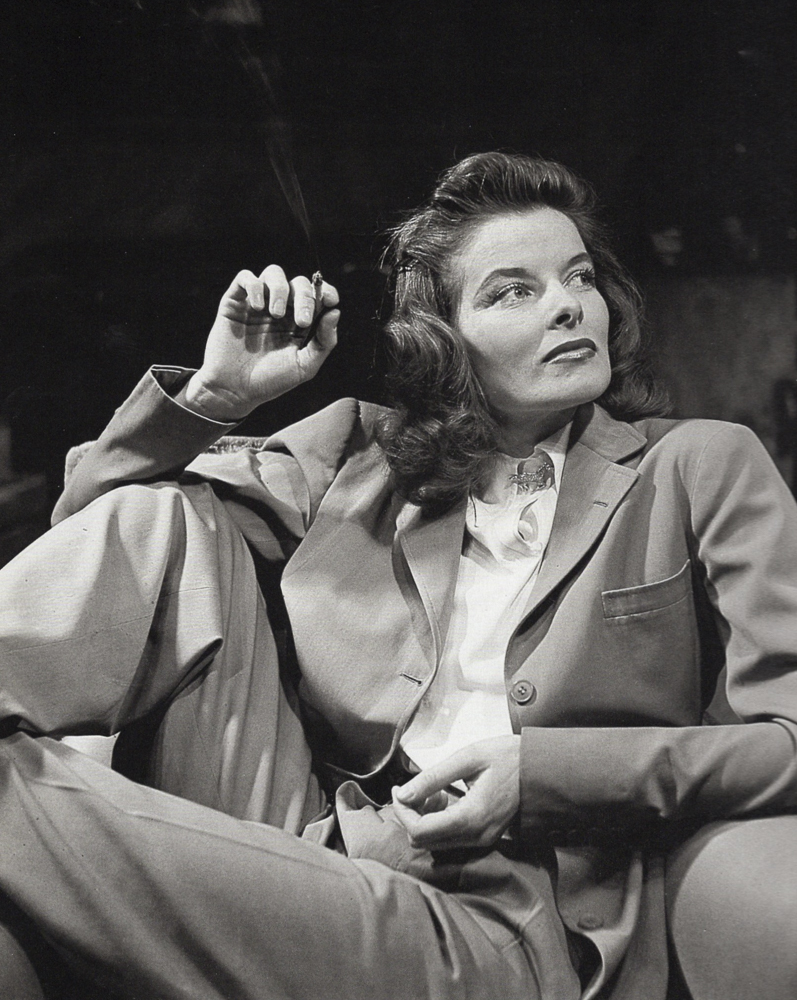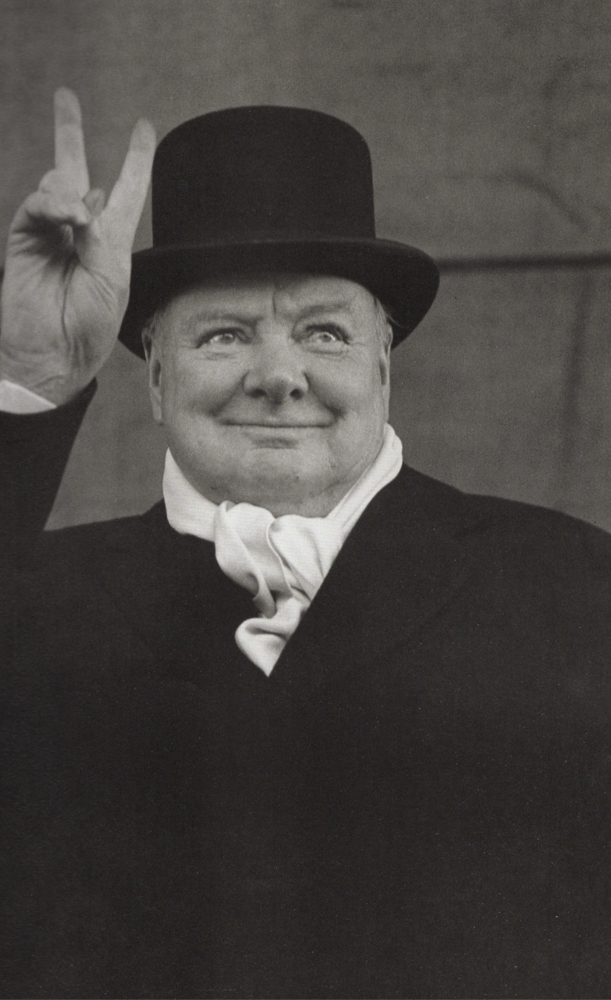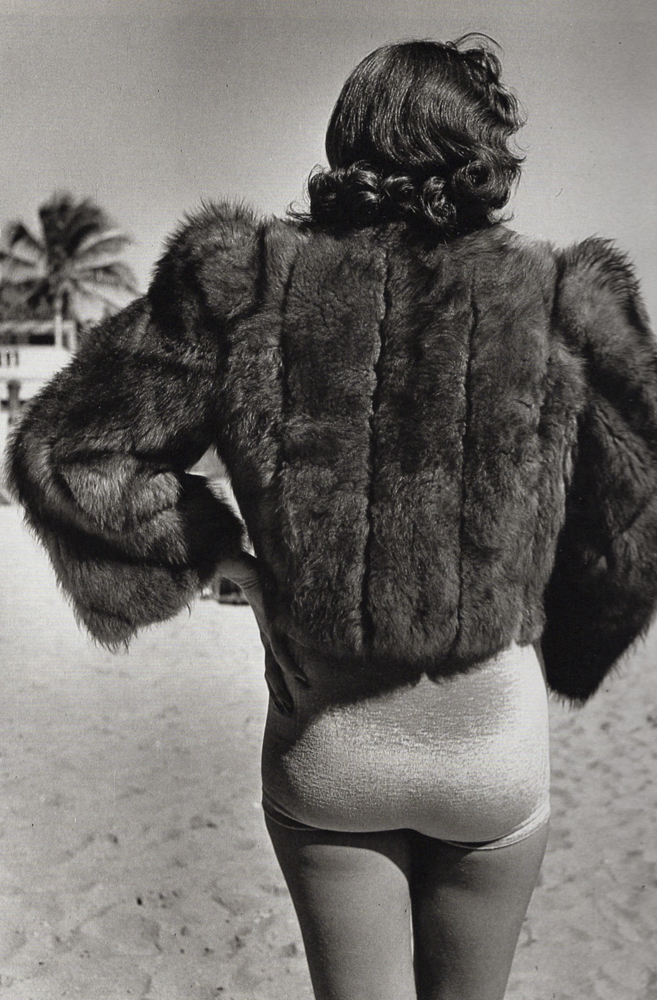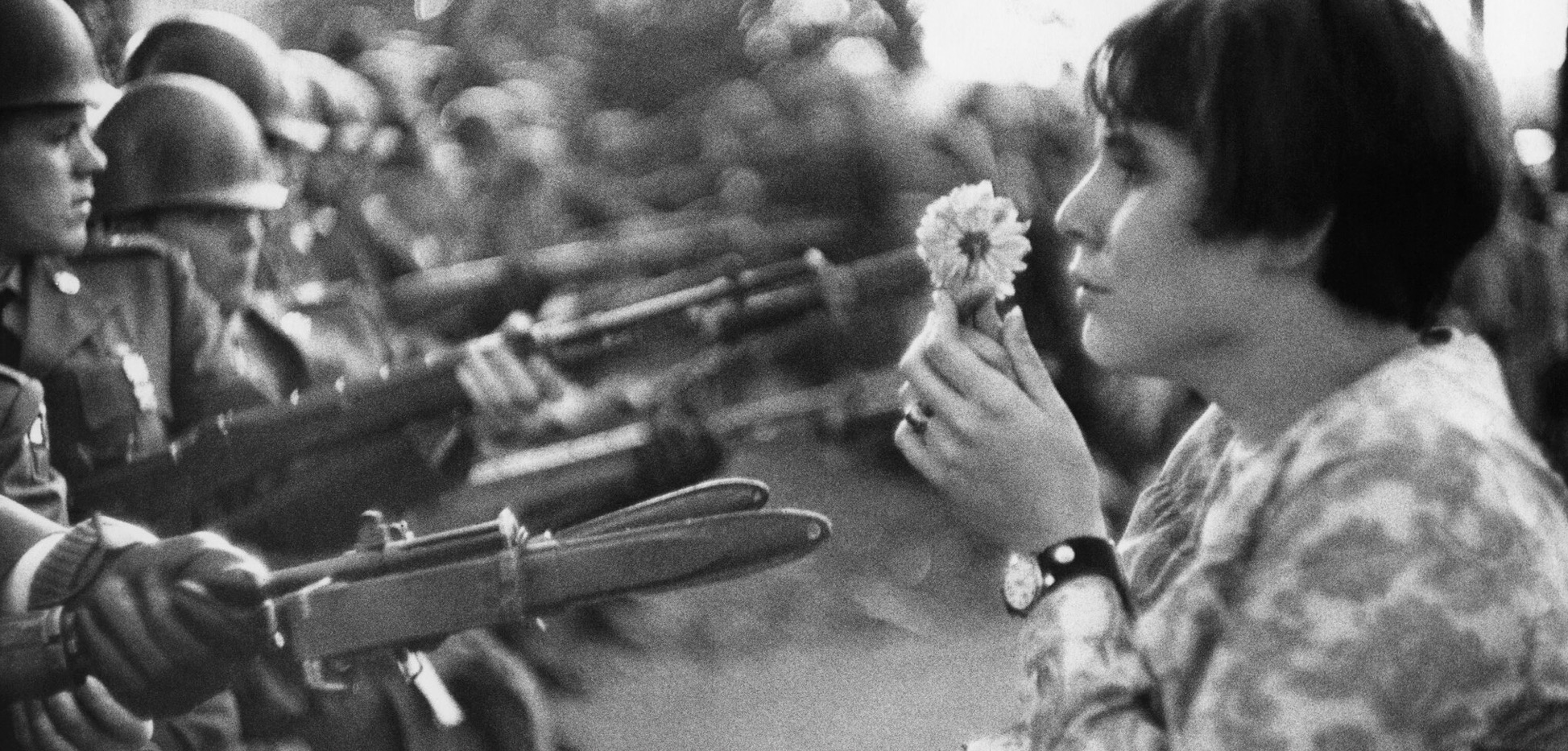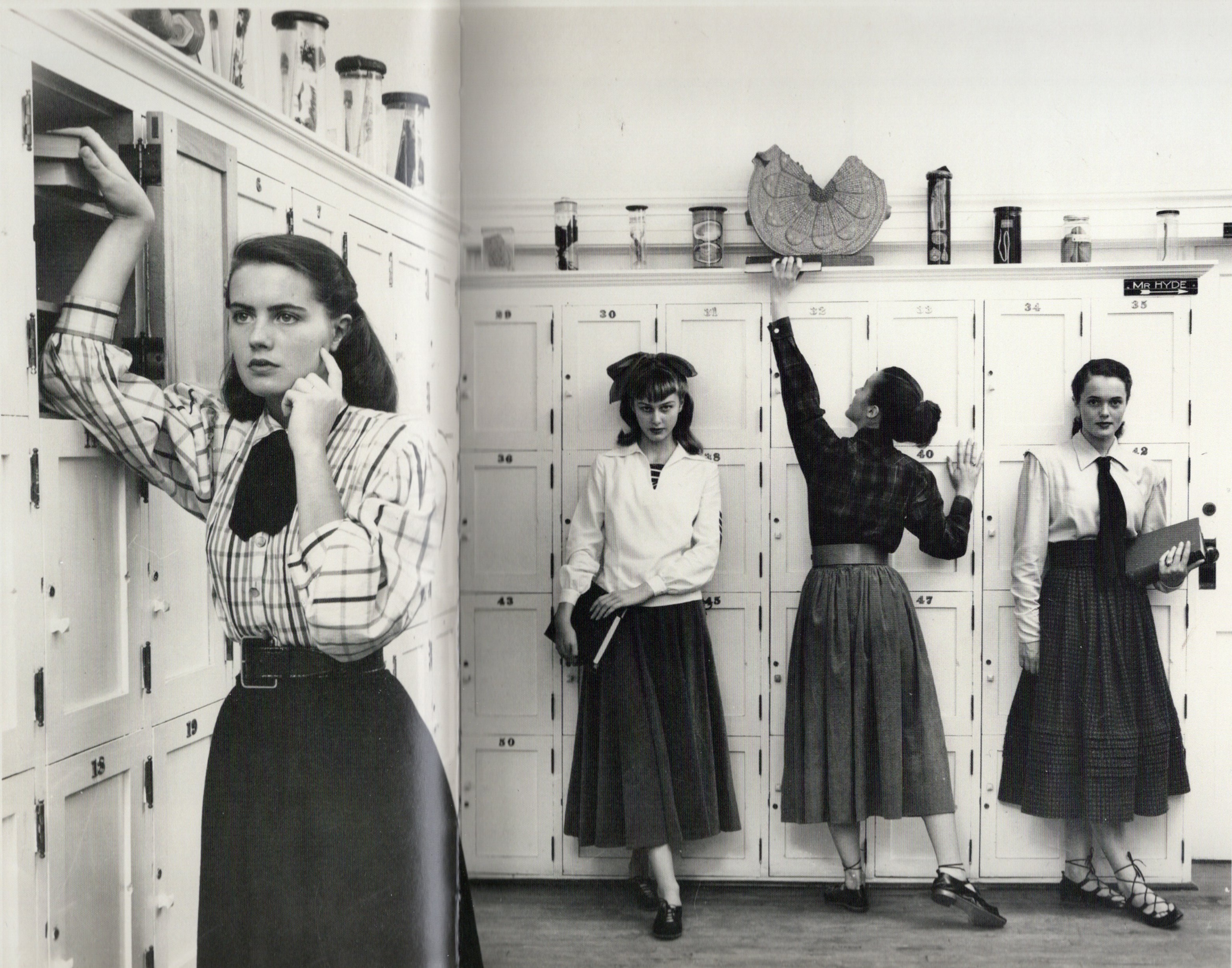Dead.
For an index of all my book reviews, click here.
Whereas lamenting dead malls – see the previous blogpost – is hard, as who really cares about their mostly abominable architecture, Rob Dobi’s record of dead theaters, manufacturing plants and, most troubling of all, psychiatric institutions, is poignant and moving. Many of these buildings pose immense issues owing to the presence of dangerous chemicals or asbestos, so tearing them down to build something new is a non-trivial task. So many just sit there, rotting.
The changes in psychiatric care, with greater sensitivity to the needs of patients, saw many 20th century psychiatric hospitals closed, their inhumane treatment of the mentally ill a thing of the past. Thank goodness for that. These are beautifully photographed in this small book which maximizes impact by full page bleed of the excellent photography. The author occasionally struggles with the extreme dynamic range in some of hs settings but that’s a minor quibble.
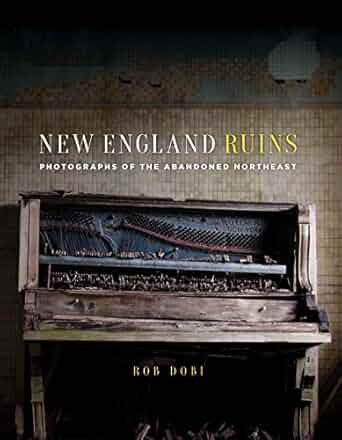
Click for Amazon. I get no compensation if you do that.
The author’s talent is not limited to photography. He is also a professional illustrator and you can see more of his work at RobDobi.com.
